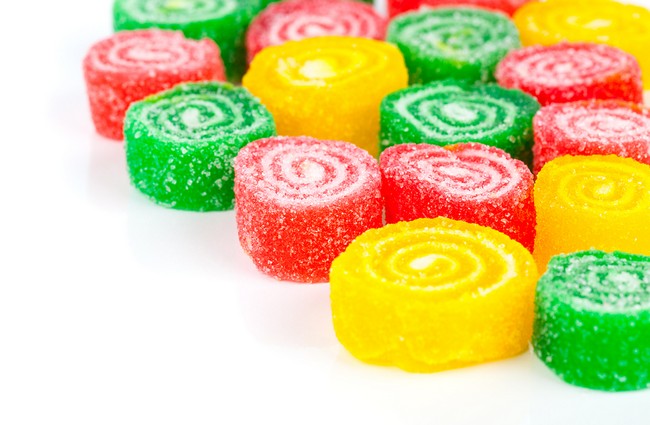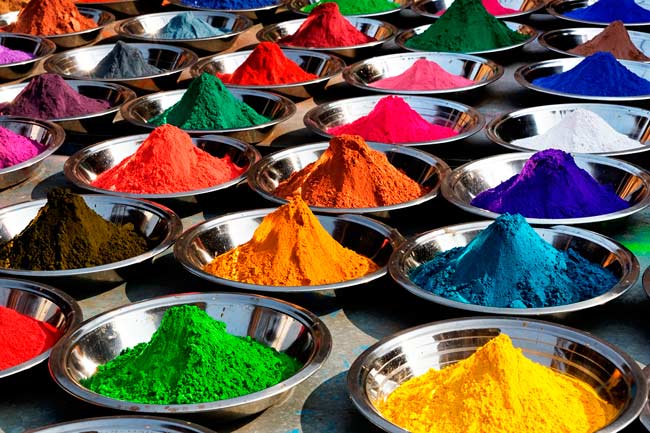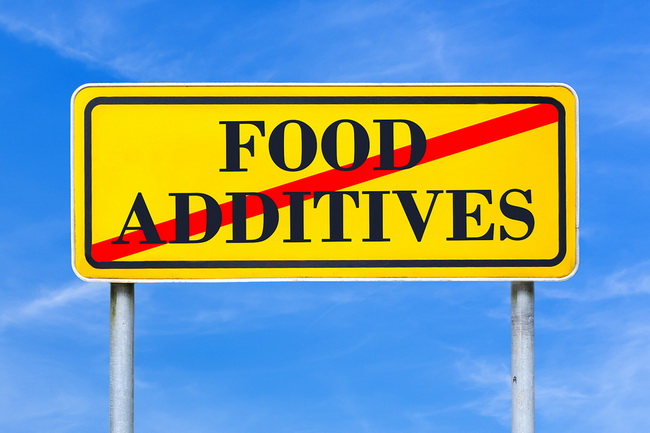- Make It Yourself Lavender Heart-Shaped Bath Bombs!
- 20 Things You Never Knew About “Down There”
- 12 Best Foods For Those Suffering From Arthritis Pain
- 12 Personal Hygiene Mistakes Almost Everyone Makes (Mom Never Told You About #4!)
- 15 Medicinal Plants And Herbs From The Cherokee People
- 12 Mind-Blowing Benefits Of Drinking Coconut Water During Pregnancy
- 12 Outstanding Winter Foods That Won’t Fatten You Up Like A Christmas Turkey
Do Artificial Food Dyes Really Affect Behavior?

Photo credit: bigstock.com
When you think of Easter, do you immediately think of vinegar? That vinegar smell that comes from those egg dying kits– remember those? How about jewel-colored jelly beans? What about those marshmallow peeps in bright pink, purple, and yellow?
How about Valentine’s Day? Remember all the red and pink dyed everything? Marshmallows, candy, sodas, and those chocolate covered cherries, dripping with that bright red syrup?
Those are just some of the things that most of us remember from childhood. Candy, sodas, cakes, and all the bright colors that looked so appealing!
Until we got older, and then we found out the truth about those colors. They weren’t real. Those enticing colors came from artificial dyes such as yellow #5 and red #2.
Big Food adds more than 15 million pounds of artificial food dyes to the foods they make every single year. This is more than 5 times the amount of dyes that were added to foods just 60 years ago. As pretty as they are, these artificial dyes have been linked in numerous studies to behavioral problems, certain types of cancer, as well as other problems.
Most people don’t seem to believe this, however. If you take a look at your fellow shoppers’ grocery carts during any holiday season, you will see colored cakes, cookies, candy, and sodas all stacked up in their cart for the coming holiday.
There are other sources of dyes other than sugary treats, however. Everyday food items such as meat, pickles, crackers, yogurt, pasta, and even toothpaste, all contain various types and amounts of artificial food dyes.
Continue to Page 2

Photo credit: bigstock.com
There are currently 7 dyes approved for use by the US government. The three dyes which make up more than 90 percent of the market are Yellow #5 and #6, and Red #40. These synthetic dyes are made by either burning coal tar, or by using petroleum byproducts such as tartrazine or erythrosine. Doesn’t that sound appealing?
These dyes have no nutritional value and are very damaging to the human body. Food dyes, especially the ones in sweets, are actually designed to make foods more appealing to children. Although many food dyes have already been banned by the FDA after studies showed that they caused cancer and other health problems, almost nothing has been done about the 7 remaining dyes. The European Union requires that all foods containing dyes carry warning labels that state that these foods can have an adverse effect on attention spans and activity levels in children.
These same foods are often sold in the US but require no warning label at all. The FDA insists that there is no evidence that these dyes cause any problem, behavioral or otherwise, however, you should keep in mind that these are the same people, who think fluoride is OK, as well as aspartame and GMO foods.
Research has shown that some children are very susceptible to even very small amounts of artificial dyes and that almost all children will be affected by consuming more than 35mg a day. Purdue University recently released a report that showed that the amount of artificial dyes in many commonly consumed foods was actually much higher than believed and that just on bowl of brightly colored children’s cereal or one box of candy, even one serving of macaroni and cheese would be enough to go over that 35mg limit. By some estimates, most children consume as much as 3 to 4 times the 35mg threshold each day.
These synthetic food dyes do absolutely nothing to improve the nutritional value of the food; they merely improve the color, making sweets and processed foods more attractive, especially to children. Although these dyes are still legal in America, they are either banned or are required to carry a warning label in almost all other countries, including the European Union. These same food companies sell the same foods with only natural colorants in other countries, why can’t they do the same with the foods sold here in the US? Find out more foods American eat that are banned in other countries.
Continue to Page 3

Photo credit: bigstock.com
Although many of the foods that contain these colors are processed or nothing more than sugar and are best avoided anyway, other foods such as canned fruits, meat, crackers, pickles, and yogurt are just some of the places where you would not expect to find these artificial dyes.
Read labels carefully. Since artificial dyes don’t add anything to the food but to increase your risk of chronic disease and cancer, avoid anything that has these ingredients and focus on fresh, wholesome foods for your family. We don’t have to wait for the FDA to make a move, we can simply make healthy food choices and ditch the brightly colored processed foods altogether.
SEE ALSO: The Frightful 15: Food Additives That are Killing You
Here are a few tips to avoid these synthetic dyes:
- Check Personal Care Items – Many shampoos, mouthwashes, toothpastes, and cosmetics contain these synthetic dyes. These chemical dyes can still be absorbed through the skin or membranes of the mouth.
- Always Buy Organic – Since synthetic dyes can be hidden in unexpected places, such as salad dressings, meats, even produce, always buy organic and double check the labels.
- Use More Natural Alternatives – Rather than buy that box of macaroni and cheese, make your own at home. You can also make your own fluoride free and no dye toothpaste and shampoo.
- Always Read Labels – Although companies must list the artificial dye on the label, they don’t always tell you how much is in the food. If it contains an artificial dye, put it back, and make another choice or make it yourself.
- Buy Real Foods in Their Natural Form – A head of broccoli or a bunch of baby spinach is much less likely to contain a food dye than frozen ones in a bag.
Relying on inexpensive processed foods is a good way to save on time, but you will sacrifice your family’s health in the long run. Make it fresh, make it from scratch, and avoid chemicals and artificial dyes for the best health for you and your family.
References:































